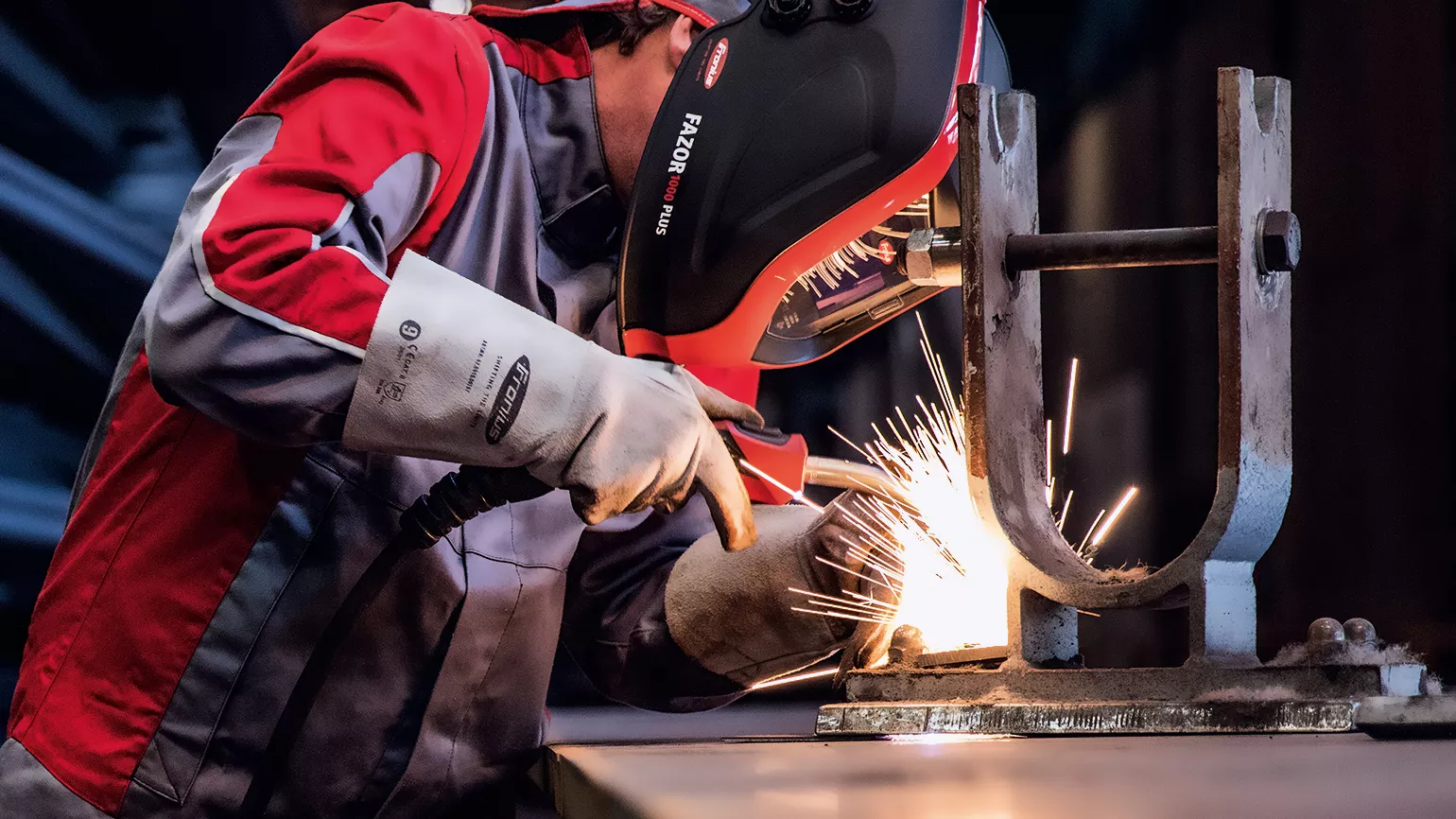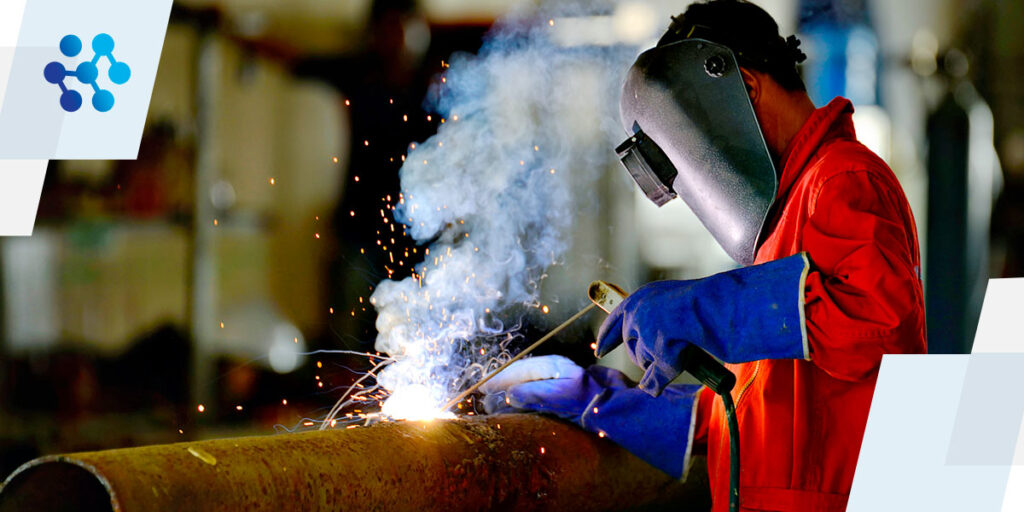Signs of weld failure and what Belgrade can do about them
Wiki Article
Usual Welding Fixing Issues and Exactly How to Address Them Effectively
Welding fixings often run into a variety of issues that can jeopardize the honesty of the end product. Common issues include insufficient penetration, porosity, and misalignment, amongst others. Each issue provides unique difficulties that need certain strategies for resolution. Comprehending these issues is necessary for welders intending to improve their abilities and outcomes. This discussion will certainly check out these typical welding repair service issues and effective methods to address them.Insufficient Penetration
Poor infiltration occurs when the weld steel stops working to totally fuse with the base material, resulting in weak joints and prospective architectural failures. This problem frequently stems from inadequate heat input, wrong electrode angle, or improper welding speed. Welders might encounter inadequate penetration because of a miscalculation of the needed parameters for a details product density or type. Additionally, contamination on the base material's surface area can hinder effective bonding, aggravating the issue. To address poor infiltration, welders need to guarantee suitable settings on their tools and maintain a tidy work surface. Regular inspection of welds is suggested to identify any type of shortages early, enabling for timely modifications and the prevention of endangered structural honesty in bonded assemblies.Porosity
Porosity is a common issue in welded joints that shows up as small gas bubbles caught within the weld metal. This flaw can jeopardize the honesty of the weld, bring about decreased strength and possible failing under stress. Belgrade Fabrication. Porosity commonly develops from contamination, dampness, or improper welding methods, which enable gases to get away into the liquified weld swimming pool. To address porosity, welders ought to guarantee proper surface preparation, keep a clean functioning environment, and use appropriate welding parameters. Additionally, selecting the best filler product and protecting gas can alleviate gas entrapment. Normal assessment and screening of welds can aid recognize porosity early, assuring prompt restorative activities are taken, consequently maintaining the quality and dependability of the welded structureMisalignment
Imbalance in welding can emerge from various factors, including improper configuration and thermal growth. Recognizing the origin is necessary for effective resolution. Several improvement strategies are available to straighten elements and ensure structural integrity.Root causes of Imbalance
Welding misalignment frequently stems from a selection of underlying issues that can endanger structural integrity. One key cause is improper fit-up of parts prior to welding, which can result in gaps and irregular surface areas. Variants in thermal development during the welding procedure can likewise lead to distortion, specifically if the materials being signed up with have different coefficients of development. Furthermore, inadequate securing and fixturing might stop working to hold elements firmly in position, bring about motion throughout welding. Badly conserved devices, consisting of welding makers and tools, may present disparities in the weld grain, further adding to misalignment. Lastly, operator mistake, stemming from inadequate training or experience, can also play a substantial function in creating misaligned welds.Correction Methods Offered
Dealing with imbalance successfully calls for a mix of rehabilitative strategies customized to the certain problems handy. One common method is using fixtures or jigs to hold components in the correct placement throughout welding, making certain regular placement. Furthermore, preheating the products can aid lower distortion and boost fit-up. For substantial imbalance, mechanical adjustment methods, such as utilizing hydraulic jacks or clamps, can be utilized to fix the position prior to welding. Post-weld warmth therapy might likewise be necessary to soothe tensions brought on by imbalance. Careful inspection and change throughout the setup stage can protect against imbalance concerns from becoming substantial problems, promoting a smoother welding process and improving total architectural integrity.Distortion
Distortion is a typical difficulty in welding that can develop from different factors, including irregular cooling and heating. Recognizing the sources of distortion is essential for executing effective prevention methods. Resolving this concern not just improves structural stability but also improves the total quality of the weld.Root causes of Distortion
When subjected to the intense heat of welding, materials usually undergo modifications that can bring about distortion. This sensation largely emerges from thermal expansion and contraction throughout the welding process. As the weld area warms up, the material expands; upon cooling, it gets, which can produce inner stress and anxieties. On top of that, irregular home heating throughout a work surface can worsen these stress and anxieties, causing bending or flexing. The kind of material also plays a substantial duty; metals with varying thermal conductivity and coefficients of growth may react differently, bring about uncertain distortions. Bad joint layout and poor fixturing can contribute to misalignment throughout welding, raising the likelihood of distortion. Comprehending these reasons is essential for effective welding fixing and prevention techniques.Prevention Techniques
Reliable prevention methods for distortion during welding concentrate on controlling warmth input and making certain appropriate joint design. Keeping a consistent heat input helps to decrease thermal expansion and contraction, which can bring about distortion. Making use of methods such as pre-heating the work surface can additionally lower the temperature level gradient, advertising consistent heating. Furthermore, selecting proper joint layouts, such as T-joints or lap joints, can enhance security and decrease tension concentrations. Carrying out proper fixturing to protect the workpieces in position better aids in preserving placement during the welding process. Ultimately, staggered welding sequences can distribute warmth more uniformly, avoiding local distortion. By applying these strategies, welders can significantly reduce the chance of distortion and boost the general quality of their welds.Fracturing
Cracking is a common problem encountered in welding repair services, usually arising from various variables such as inappropriate air conditioning rates, product choice, or inadequate joint prep work. The occurrence of fractures can greatly jeopardize the integrity of the weld, causing possible failings during procedure. To address this problem, welders should initially analyze the origin, ensuring that products are compatible and appropriately selected for the details application. Additionally, regulating the air conditioning rate during the welding procedure is necessary; quick cooling can generate anxiety and bring about cracking. Correct joint layout and prep work also add to reducing the risk. Applying these strategies can enhance weld quality and resilience, ultimately lowering the chance of splitting in completed weldments.
Incomplete Fusion
A significant seal welding concern in welding repairs i loved this is incomplete blend, which occurs when the weld steel does not sufficiently bond with the base product or previous weld passes - Montana Mobile Welding and Repair Welding. This issue can result in weak points in the joint, possibly compromising the stability of the bonded structure. Elements adding to incomplete blend include inadequate heat input, improper welding strategy, and contamination of the surface areas being joined. To resolve this problem properly, welders must ensure appropriate pre-weld cleansing and surface area prep work, as well as change their welding specifications to accomplish ample penetration and combination. Regular assessment during the welding procedure can likewise aid recognize insufficient combination early, enabling timely rehabilitative steps to improve the total high quality of the weldOverheating
While welding repairs can boost architectural stability, overheating provides a substantial obstacle that can lead to product degradation. Extreme warmth throughout welding can alter the mechanical residential or commercial properties of steels, resulting in reduced toughness, raised brittleness, and bending. This phenomenon is especially vital in high-stress applications where structural reliability is paramount. Recognizing getting too hot can include aesthetic examinations for staining or distortion, in addition to checking temperature level during the welding process. To minimize the threats related to getting too hot, welders must use appropriate techniques, such as managing warmth input, readjusting traveling speed, and using appropriate filler materials. Furthermore, applying pre- and post-weld heat treatments can help recover material residential or commercial properties and improve the general high quality of the repair, ensuring long-lasting performance and security.Regularly Asked Concerns
What Are the Common Indicators of a Welding Flaw?

How Can I Evaluate My Welds for High quality?
To check welds for top quality, one can make use of visual evaluations, ultrasonic screening, and radiographic methods. Each technique assures architectural integrity, identifies problems, and confirms adherence to specified standards, ultimately enhancing the dependability of the welded joints.What Safety and security Precautions Should I Take While Welding?
When welding, one must focus on security by using suitable personal safety devices, making sure appropriate ventilation, securing combustible products away, maintaining a tidy work space, and recognizing surroundings to stop injuries and crashes.Can I Fix a Weld Without Redoing the Entire Joint?
Repairing a weld without renovating the entire joint is feasible, depending upon the damage (Belgrade Welding). Techniques such as grinding, including filler material, or utilizing a welding process can efficiently address details flaws while preserving the bordering frameworkWhat Equipment Are Vital for Effective Welding Repairs?
Essential devices for reliable welding fixings include a welding equipment, cord brush, mill, protective gear, clamps, and filler materials. Each device plays an important duty in making sure top quality and security throughout the repair process. Porosity typically develops from contamination, dampness, or improper welding methods, which permit gases to escape into the liquified weld swimming pool. Inadequately maintained equipment, including welding makers and devices, may introduce variances in the weld grain, further contributing to misalignment. When subjected to the intense warmth of welding, materials often go through modifications that can lead to distortion. Breaking is a typical problem come across in welding fixings, frequently resulting from different elements such as improper air conditioning prices, material selection, or inadequate joint preparation. A substantial concern in welding repairs is insufficient fusion, which takes place when the weld metal does not effectively bond with the base product or previous weld passes.Report this wiki page